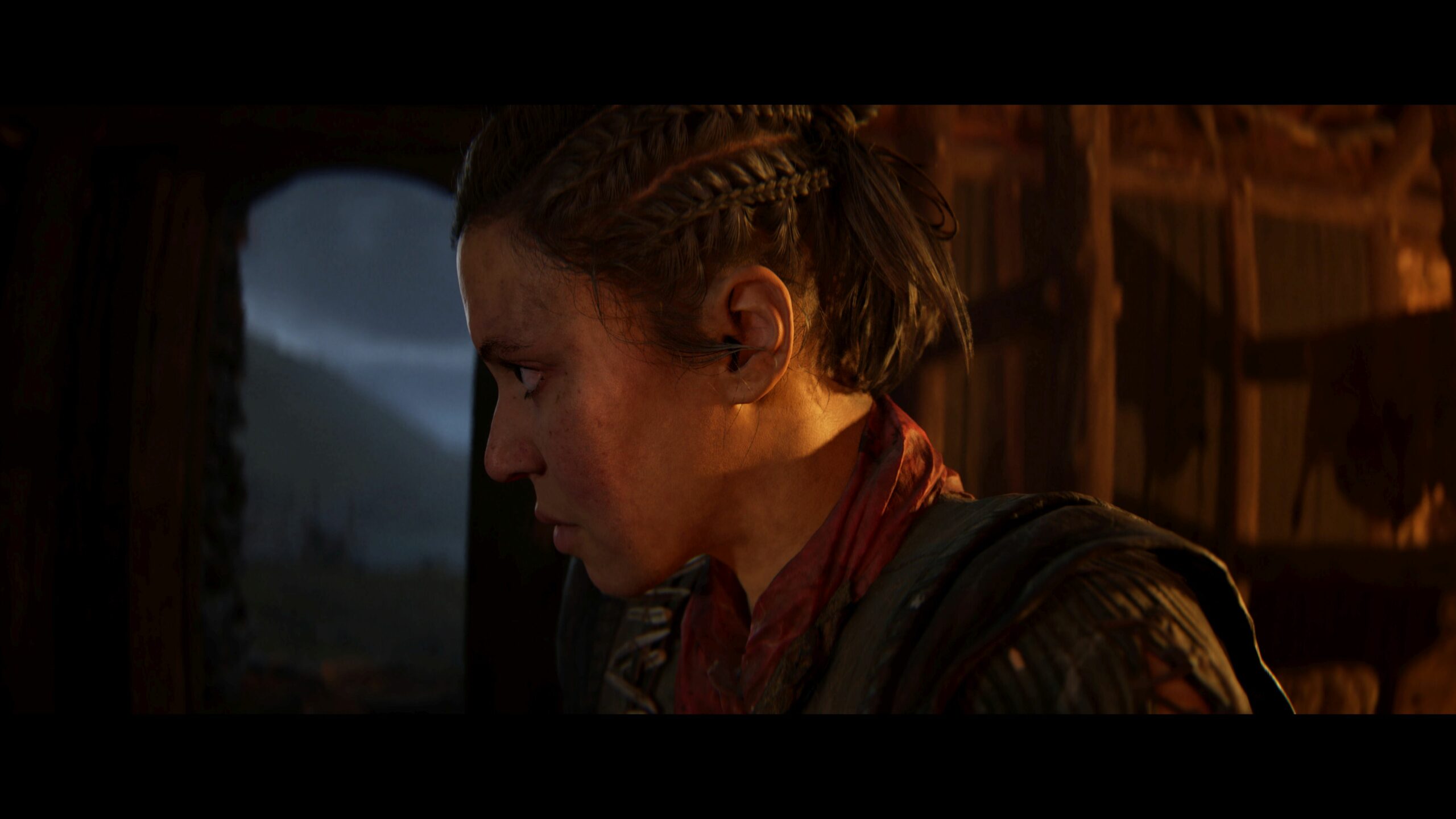When it comes to describing video games, “immersive” is used far too often. The sensation of being entirely lost in a game’s world, characters, and story is rare. Senua’s Saga: Hellblade 2 is one of those games that honestly earn being called immersive.
Over Senua’s Saga’s eight or so hours, I quite regularly forgot I was playing a game. It’s so stunning, visceral, and emotionally involving that, on those rare occasions where Senua’s Saga ever-so-slightly stumbles, I was disoriented. Fans of Ninja Theory’s Hellblade: Senua’s Sacrifice will immediately recognize some familiar mechanics, themes, and of course, the main character.

To say that Senua’s Saga is similar to the first game is simultaneously correct, and entirely wrong. Senua’s Saga is so infinitely well made and assured that it makes the excellent original feel like a proof-of-concept sketch. In the first game, Senua, a 10th-century Pict from the Orkney Islands, fights her way into Helheim to bring back her slain lover Dillion from the dead.
Suffering from what we now call psychosis, Senua is tormented by voices in her head. The voices cajole, inspire, and cast doubt on Senua’s actions in turn. A large part of Senua’s Sacrifice is built around Senua coming to terms with her psychosis and the overpowering guilt she feels for Dillion’s death and the deaths of many others.
In Senua’s Saga, the voices have become, if not her superpower, at least her allies. The voices — now called Valkyri.
















